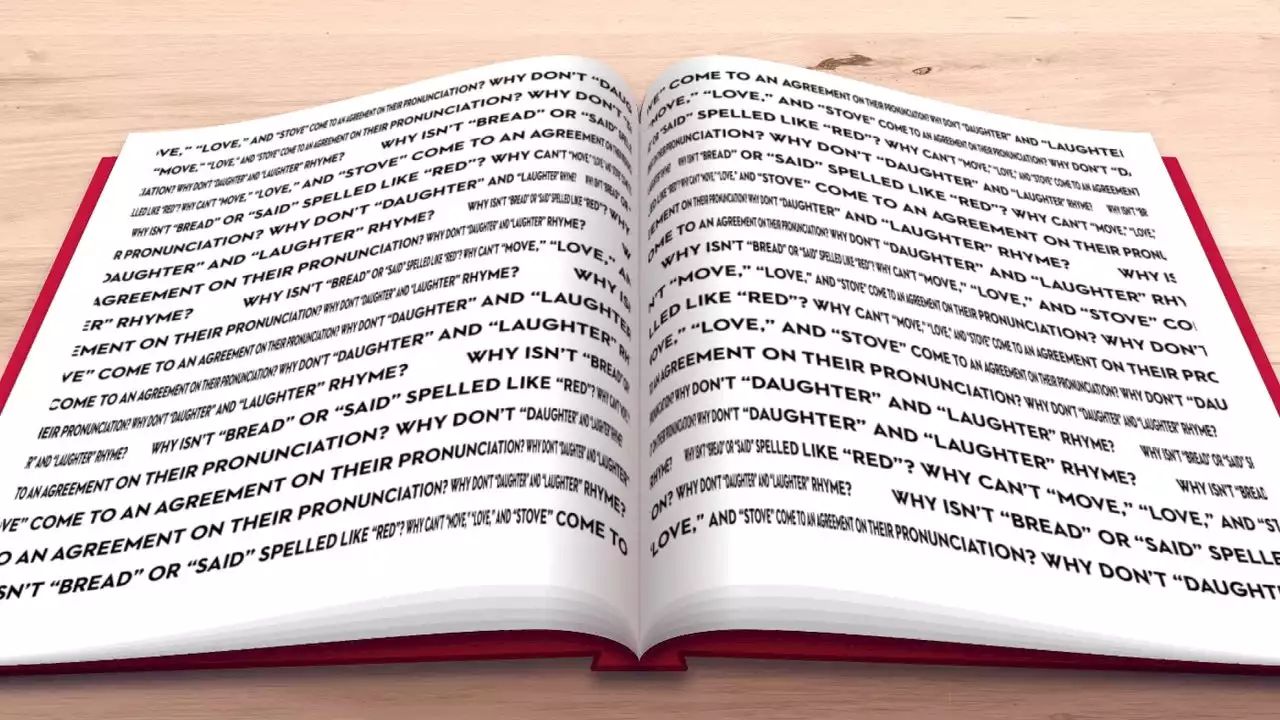.winterjessica explores a reading-and-writing curriculum that has pervaded New York City’s approach to early reading for nearly 20 years, despite dismal literacy rates.
.” Alphabet and phonics instruction, the thinking went, was enervating and, in the long run, unnecessary. The education crusader Horace Mann, who sparred with the phonics-fixated schoolmasters of Boston, went so far as to claim that children were frightened by the alphabet, which he described as a horde of “skeleton-shaped, bloodless, ghostly apparitions.”
In the sixties, a psychologist at the Harvard Graduate School of Education named Jeanne Chall spent years compiling a painstaking analysis of historical and contemporary approaches to literacy in American schools, which became the influential book “.” Chall concluded that phonics instruction was far superior to look-say, especially for students from underprivileged families.
What Calkins was proposing, it seems to me, was literacy by vibes. Her reading workshops bet that a youngster could, to a great extent, guide herself toward reading fluency through proximity or osmosis, eventually achieving what my colleague Kyle Chayka“the kind of abstract understanding that comes before words put a name to experience.
The decisive moment for the ascendance of balanced literacy in New York City came in 2003. The mayor, Michael Bloomberg, had seized control of the public-school system. His chancellor, Joel Klein, was a lawyer who had served in the White House and the Department of Justice but had little experience in education, save for one year as a math teacher in the late sixties.
These students are more likely to be growing up in homes full of books, Shanahan said, among adults with the time and ability to read aloud to them. It is most likely these lucky children, in fact, who at some point “just know” how to read—who bear out Calkins’s theory of literacy by vibes, because these kids are already marinating in those vibes at home. “And that’s where this gets to be noxious,” Shanahan said. “It’s undoubtedly true that many kids will learn to read with this program.
Castellano and Fariña both affirmed the importance of integrating phonics into the Units of Study mix. And Fariña emphasized that the Lucy Calkins method, like any literacy curriculum, doesn’t exist in a vacuum: interventions for English-as-a-new-language learners and dyslexic children, speech-and-language specialists, a strong social-studies component, and heavy investment in books for classroom libraries are all needed.
I have to assume that my daughter and I, alone in our living room during remote learning two years ago, missed out on most of what works about a Teachers College reading workshop. I had no training, to say nothing of tutelage from Calkins herself. Nor was there any way for us to approximate the social, collaborative aspects of Calkins’s method.
In some New York City schools, the influence of Units of Study began to wane as early as 2008. According to Wexler, Klein grew disenchanted with the program in part because he felt that it prioritized children making personal connections to texts at the expense of acquiring new knowledge. What’s more, in the first four years that the balanced-literacy mandate was in place, reading scores did not budge.
